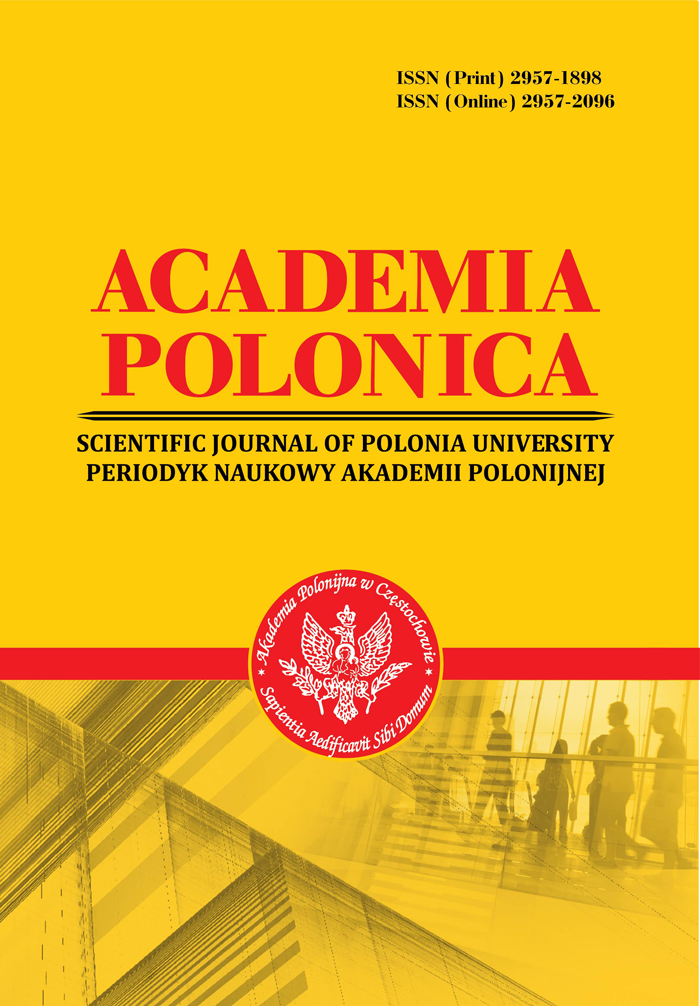THE GENRE SPECIFICITY OF INTERACTIVE CINEMA
Abstract
This article aims to investigate the genre specificity of interactive cinema by analyzing the transformation of traditional cinematic genre conventions under the influence of key char- acteristics of interactivity, such as user agency and narrative non-linearity. The relevance of the study stems from the growing popularity of interactive media and the necessity for theoretical conceptualization of their hybrid nature, which complicates genre classification. The research methodology comprises a theoretical analysis of genre concepts in film studies and interac- tive media theory, a comparative analysis of interactive cinema, traditional cinema, and video games, as well as case studies of representative interactive works: Black Mirror: Bandersnatch, Late Shift, and Detroit: Become Human. The research findings establish that interactive cin- ema functions not as a distinct genre, but as a spectrum of hybrid forms. It was found that interactivity fundamentally reshapes plot structures, character evolution, and stylistic elements.It is demonstrated that the nature of this transformation depends on the interplay between the technological platform, which determines the available toolkit of interactivity, and the conven- tions of the source genre, which influence how these tools are applied. The scientific novelty lies in the systematic analysis of the specific mechanisms of genre convention transformation, which enables a deeper understanding of the specifics of genre formation in interactive cinema.The work substantiates the prospects for further research in this dynamic field.
References
2. Altman, R. (1999). Film/Genre. British Film Institute.
3. Black Mirror: Bandersnatch (2018). House of Tomorrow, Netflix.
4. Collins, K. (2008). Game Sound: An Introduction to the History, Theory, and Practice of Video Game Music and Sound Design. MIT Press. https://doi.org/10.7551/mitpress/7909.001.0001
5. Collins, K. (2013). Playing with Sound: A Theory of Interacting with Sound and Music in Video Games. MIT Press. https://doi.org/10.7551/mitpress/9442.001.0001
6. Genre Conventions – Film and Media Theory (n.d.). Fiveable Library. [Online] https://library.fiveable.me/key-terms/film-and-media-theory/genre-conventions
7. Csikszentmihalyi, M. (1990). Flow: The Psychology of Optimal Experience. Harper & Row. https://www.researchgate.net/publication/224927532_Flow_The_Psychology_of_Optimal_ Experience
8. Cruz, D. M. (2019). Interactive Cinema: Modes of Spectatorship and Active Participation. Presented at The Asian Conference on Media, Communication & Film (MediAsia2019). https://papers.iafor.org/wp-content/uploads/papers/mediasia2019/MediAsia2019_53244.pdf
9. Detroit: Become Human (2018). Quantic Dream. Sony Interactive Entertainment.
10. Hassapopoulou, M. (2021). Interactive cinema: The ambiguous ethics of media participation. Routledge. https://filmquarterly.org/wp-content/uploads/2024/05/Hassapopoulou_Interactive_Introduction-1.pdf
11. Hocking, C. (2007). Ludonarrative Dissonance in Bioshock: The Problem of What the Game
is About. Click Nothing [Online]. http://clicknothing.typepad.com/click_nothing/2007/10/lud- onarrative-d.html
12. How to Master Movie Genres: The Ultimate Guide For 2025. (2025). FilmLocal. [Online] https://filmlocal.com/filmmaking/how-to-master-movie-genres/
13. Juul, J. (2005). Half-Real: Video Games between Real Rules and Fictional Worlds. MIT Press.
14. Kalender, M., & Ucan, O. (2022). Interaction Elements in Full Motion Video Games. AURUM Journal of Engineering Systems and Architecture, 6(2), (pp.191-205). https://doi.org/10.53600/ajesa.1119808
15. Koenitz, H. (2015). Towards a specific theory of interactive digital narrative. In Interactive Digital Narrative: History, Theory, and Practice (pp. 91–105). Routledge. https://doi.org/10.4324/9781315769189
16. Late Shift (2017) CtrlMovie, Wales Interactive.
17. Manovich, L. (2001). The Language of New Media. MIT Press. https://manovich.net/con- tent/04-projects/163-language-of-new-media/language.pdf
18. Miracalize.com. (2024). What is a Genre Convention in Film? Definition explained. Miracalize. [Online] https://miracalize.com/genre-conventions-film-explained/
19. Murray, J. H. (1997). Hamlet on the Holodeck: The Future of Narrative in Cyberspace. MIT Press.
20. Film Genre Conventions to Know for Film Aesthetics. (n.d.)Fiveable Library. [Online] https://library.fiveable.me/lists/film-genre-conventions
21. Neale, S. (2000). Genre and Hollywood. Routledge. https://api.pageplace.de/preview/DT0400.9781134973460_A23794380/preview-9781134973460_A23794380.pdf
22. Night Watch: An Analysis of Late Shift. (2018). Giant Bomb. [Online] https://www.giantbomb.com/profile/gamer_152/blog/night-watch-an-analysis-of-late- shift/116506/
23. Perron, B. (2003). From Gamers to Players and Gameplayers: the Example of Interactive Movies. The video game theory reader. New York and London, Routeldge. (pp. 237-258). https://www.academia.edu/2989128/From_Gamers_to_Players_and_Gameplayers_the_Example_of_Interactive_Movies
24. Perron, B. (2007). Genre Profile: Interactive Movies. Video Game History: From Bouncing Blocks to a Global Industry. Greenwood Press. https://www.academia.edu/2989127/Genre_Profile_Interactive_Movies
25. From Bouncing Blocks to a Global Industry. Greenwood Press. https://www.academia.edu/2989127/Genre_Profile_Interactive_Movies
26. Rose, M., & Zytko, D. (2020). The Case for Invisibility: Understanding and Improving Agency in Black Mirror's Bandersnatch and Other Interactive Digital Narrative Works. https://www.researchgate.net/publication/345308694_The_Case_for_Invisibility_Understanding_and_Improving_Agency_in_Black_Mirror's_Bandersnatch_and_Other_Interactive_Digital_Narrative_Works
27. Ryan, M.-L. (2001). Narrative as Virtual Reality: Immersion and Interactivity in Literature and Electronic Media. Johns Hopkins University Press. DOI:10.2307/3201597
28. Ryan, M.-L. (2015). Narrative as Virtual Reality 2: Revisiting Immersion and Interactivity in Literature and Electronic Media. Johns Hopkins University Press. https://muse.jhu.edu/book/72246/
29. Salen, K., & Zimmerman, E. (2003). Rules of Play: Game Design Fundamentals. MIT Press. https://gamifique.wordpress.com/wp-content/uploads/2011/11/1-rules-of-play-game-de-sign-fundamentals.pdf
30. Schatz, T. (1981). Hollywood Genres: Formulas, Filmmaking, and the Studio System. Temple University Press. https://www.doctormacro.com/Movie%20Books/PDF%20Files/Holly-wood%20Genres%20(Thomas%20Schatz).pdf
31. Steve Neale – Genre Theory (2017). Media Studies Guilsborough Academy. [Online] https://guilsboroughschoolmedia.wordpress.com/2017/08/26/steve-neale-genre/
32. Szilas, N. (2003). IDtension: a narrative engine for Interactive Drama. First International Conference on Technologies for Interactive Digital Storytelling and Entertainment (pp. 80-87). Fraunhofer IRB Verlag. https://www.academia.edu/3720831/IDtension_a_narrative_engine_for_Interactive_Drama
33. The importance of storytelling in UI/UX design (2023). Nulab Blog. [Online] https://nulab.com/learn/design-and-ux/storytelling-in-user-experience/
34. Veale, K. (2012). "Interactive Cinema" Is an Oxymoron, but May Not Always Be One. Game Studies, 12(1). http://gamestudies.org/1201/articles/veale
35. Yurtseven, N.B. (2023). Form and Content in Interactive Film: An Analysis of Black Mirror: Bandersnatch. Filmvisio, 0(2), 91-126. https://doi.org/10.26650/Filmvisio.2023.0015
Abstract views: 155 PDF Downloads: 33







